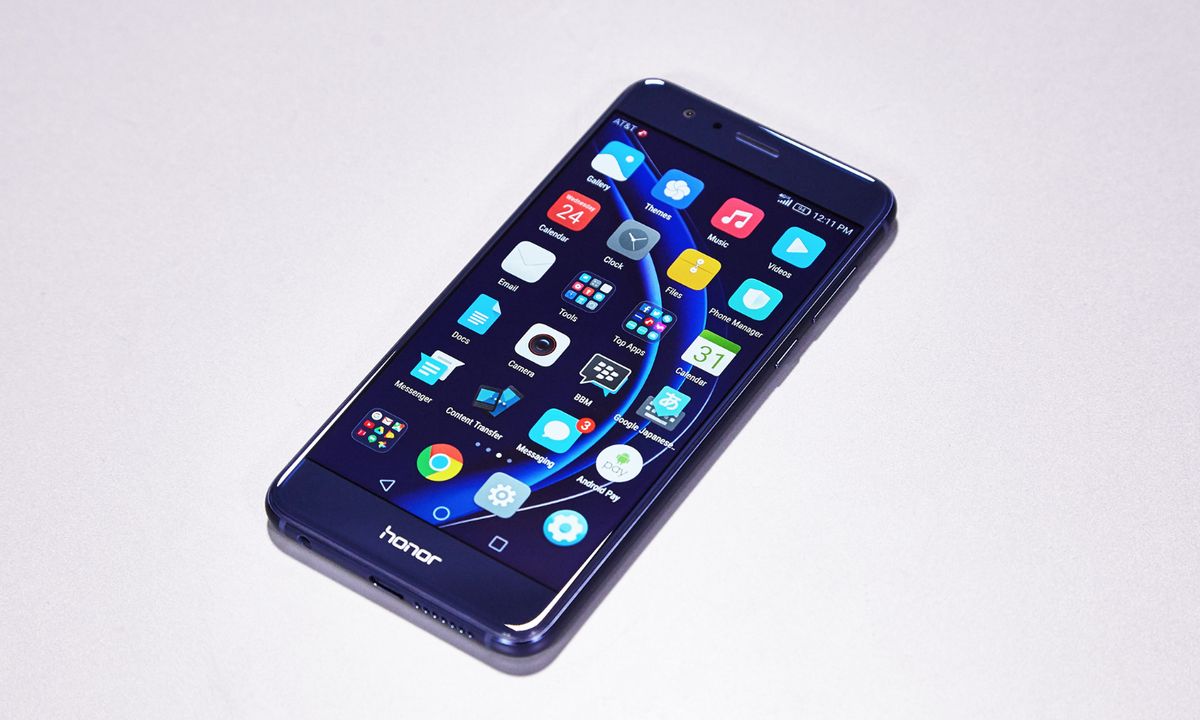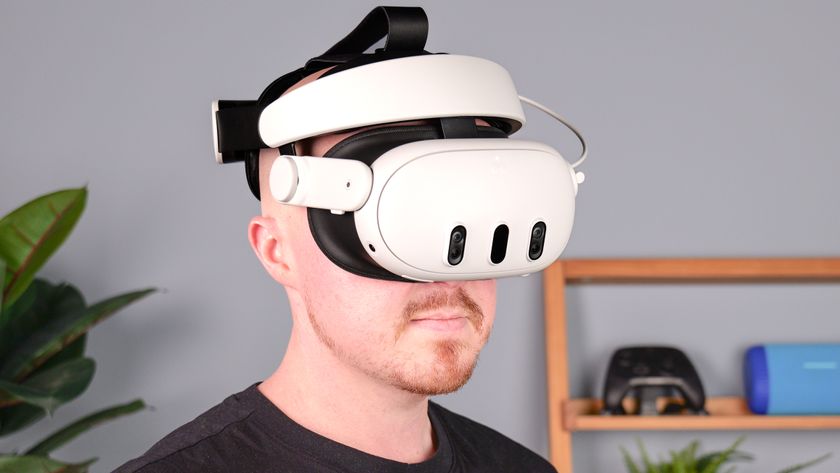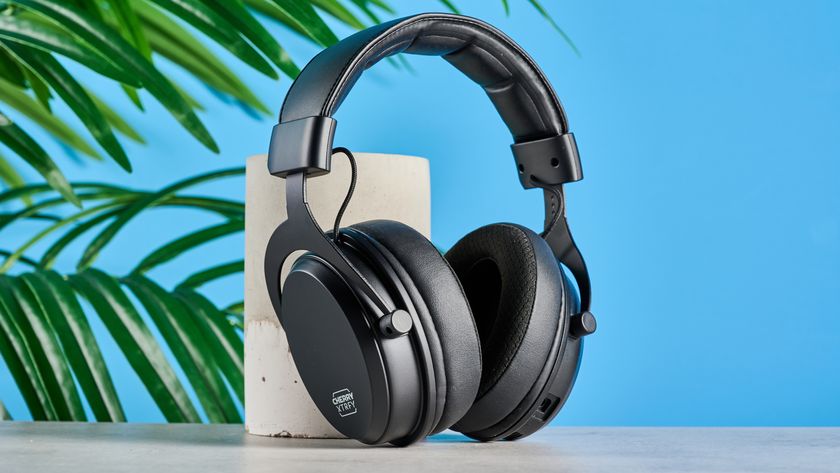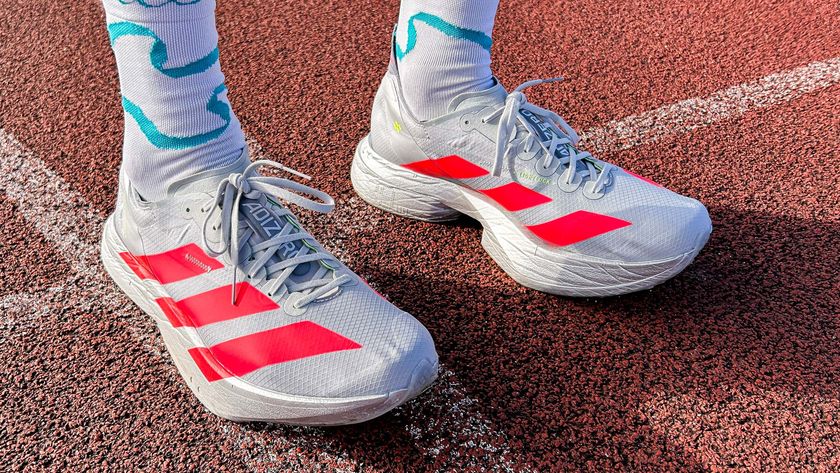Tom's Guide Verdict
With a dual-lens camera and a stunning glass design, the Honor 8 delivers the kind of quality you'd expect from a phone that costs a lot more.
Pros
- +
Impressive specs for the price
- +
Dual-lens rear camera takes vivid shots
- +
Eye-catching design
- +
Time-saving Smart Key
Cons
- -
Camera struggles a bit in low light
- -
EMUI software is not for everyone
- -
Battery life is not as long as that of competitors
Why you can trust Tom's Guide
The notion that you don't have to set aside a giant pile of cash just to get a souped-up smartphone seems to be catching on; several devices on the market now can challenge the specs of the Galaxys and iPhones of the world without approaching those phones' eye-popping price tags. The Honor 8 is the latest phone hoping to convince you to part with less money, offering an impressive feature set at a sub-$400 starting price.
The Honor 8's secret weapon is a dual-lens camera that can hold its own against the high-end shooters you find on pricier phones. While the pictures could be better in low light and the software on top of Android isn't for everyone, Huawei has delivered a sleekly designed smartphone that's a compelling alternative to high-priced flagships.
Design: Splendor in the glass
The Honor 8 is all about the glass: 2.5D glass covers both the front and back of the phone, with a curved metal frame surrounding the phone. A reflective coating underneath the glass gives the Honor 8 a shimmery look in different kinds of lighting. My sapphire-blue review unit looked particularly striking; the phone is also available in midnight black and pearl white.
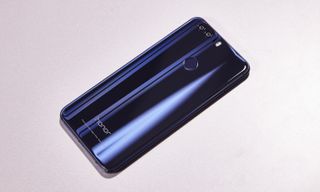
If there's a flaw to this look, it's that the Honor 8 excels at picking up fingerprint smudges, both on its front and back. I'd suggest keeping a cloth at hand if you want to avoid similar embarrassment.
The Honor 8 weighs 5.4 ounces — roughly the same as the Samsung Galaxy S7. In fact, if you stack the phones next to each other, you'd be hard-pressed to spot much of a difference in form between the Honor 8 (5.7 x 2.8 x 0.29 inches) and the Galaxy S7 (5.6 x 2.7 x 0.31 inches), though the Honor is fractionally taller.
A rear fingerprint sensor lets you unlock the phone, but that's not its only trick. When you're looking at photos, swiping horizontally on the sensor brings up the next photo, and you can also swipe down on the sensor to bring up your notification panel.
More impressively, though, the sensor doubles as a button called Smart Key. From the Settings app, you can customize this key as a shortcut to launch apps or create shortcuts for functions such as turning on the flashlight or taking a screenshot. I programmed my Honor 8 to launch the camera with one press, turn the flashlight on with two presses, and launch Twitter when I press and hold the Smart Key. It's a very handy way to get to the apps and features I use the most.
MORE: Best Cheap Unlocked Smartphones
Sharp-looking display
The Honor 8's 5.2-inch display is bright and bold and, thanks to a very thin bezel, nearly reaches the edge of the phone. When I watched the Rogue One: A Star Wars Story trailer, I saw vivid laser blast flares and detailed explosions as rockets exploded on attacking Imperial AT-ATs. The 1920 x 1080 resolution lags behind the AMOLED screens on phones such as the Google Nexus 6P and the Galaxy S7, but there's plenty to like about the Honor 8's full-HD display.
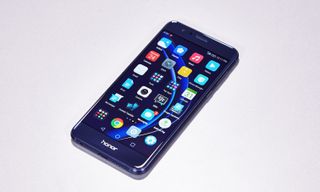
In particular, I like how visible the screen is, even in very bright light. I used the phone during a business trip to the California desert, and even under an unforgiving cloudless sky, I didn't have to squint to see any on-screen icons or controls. Our light meter measured the Honor 8 at 410 nits of brightness — a little below the 436-nit average for smartphones, but brighter than the Nexus 6P (337), the OnePlus 3 (379) and the ZTE Axon 7 (319).
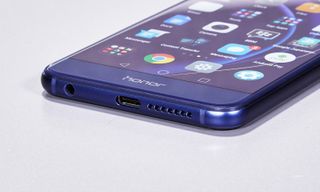
The Honor 8's screen reproduced 139.4 percent of the sRGB color gamut, which is on a par with the 133 percent that the average smartphone can reproduce. Both the ZTE Axon 7 (186 percent) and the OnePlus 3 (192 percent) far outpace the Honor phone here. Those colors will at least be accurate; the Honor 8 notched a Delta-E score of 1.53. (Numbers closer to 0 are better in this measurement of color accuracy.) That's better than the ZTE Axon 7, the OnePlus 3 and the Nexus 6P, though it's hard to top the iPhone 6s' near-perfect score of 0.34.
The Honor brand promises high-quality audio from the 8's integrated speaker, and I found that it was certainly loud enough to fill the room with sound, whether I was watching movies on Netflix or streaming music. Morrissey's singing sounded crystal clear on "Sheila Take a Bow," even when I cranked up the volume, though songs became a little hissy with the volume maxed out.
Dual-lens camera: Twice as nice
The Honor 8's marquee feature is the 12-megapixel dual camera on the phone's back. One f/2.2 lens captures RGB data, while the other handles black and white. The finished image blends those two shots together to produce vibrant colors and sharp images.
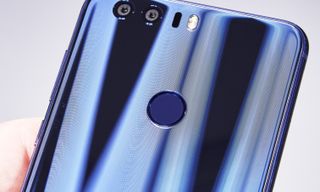
That sounds a lot like the dual-camera setup on the Huawei P9. The main differences? There's no Leica branding on the Honor 8 as there was on the P9, and this new phone's price tag is $230 cheaper. That's a trade-off I'm willing to make, especially when I get images as bright as the ones I shot with the Honor 8.

In a shot from a Palm Springs, California, golf course, the bright-green fairway pops, and the craggy mountains in the background look fairly detailed even though they're off in the distance. Similarly, a shot of my daughter not only captured the details of her face paint — she's Batgirl — but also the freckles on her face.

Low-light settings produced mixed results. I took a shot of my fig tree at dusk, and while the background leaves look a little fuzzy, the ripening figs look sharp, and you get a nice contrast of colors between the purplish ones and the still-green fruit.
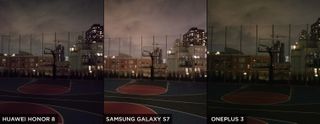
Other photos shot in low light didn't look as sharp, though. My colleague Sam Rutherford took photos with the Honor 8 and OnePlus 3. The latter phone costs as much as an Honor 8 but features a beefier 16-megapixel sensor for its camera. The OnePlus 3 captured a slightly more detailed shot in this dim setting, though it's worth pointing out that the Galaxy S7 took a better picture than both $399 phones managed. The same thing happened in a shot taken on a basketball court: Both the Honor 8 and the OnePlus 3 struggled, while the Galaxy S7 excelled.

In better lighting, though, the Honor 8's cameras excelled. A shot of a flower produced more detailed textures than the OnePlus, while a New York City skyline shot looked equally vivid from both phones. In that flower photo, the Honor 8's version more than held its own with what the Galaxy S7 captured.

I noticed the same thing when I took photos in flattering lighting with the Honor 8. These dueling shots of a Caesar salad — one shot with Huawei's phone, and the other taken with the 12-MP camera on an iPhone 6s — both look pretty good, particularly when you focus on the salad. But the Honor 8's camera gets more of the little details right. The color of my amber ale is more true to life in the Honor 8 shot, and the tomatoes in my dinner companion's salad look a bit brighter than they do in the iPhone's shot.
MORE: These Smartphones Can Replace a Compact Camera
The dual-lens setup on the Honor 8 comes in handy in another way: Using the camera's wide aperture mode, you can adjust the focus of a shot after you've taken it. I found that this worked best on close-ups, like a bowl of oranges at an airport eatery. The controls aren't as precise as you might like — you essentially use a slide to adjust the focus on the shot's background — but you could potentially add a bit of photographic flair to pictures of friends and family using this feature, too.

I'm less impressed with the Honor 8's 8-MP front camera, if only because it seems to launch in Beauty Mode by default. I kept wondering why skin looked so unnaturally smooth and somewhat bleached in every self-portrait I took, before figuring out that I had to disable Beauty Mode before taking the shot.

Once I turned off Beauty Mode, selfies looked a little better. My skin seemed more natural, and my shirt was the right shade of blue. Contrast that result with a shot from the iPhone 6s' 5-MP camera, where my skin took on a blotchy and reddish hue. The Honor 8 just takes a better self-portrait.
Seriously peppy performance
Huawei uses its own processor in the Honor 8 — an octa-core Kirin 950. Accompanied by 4GB of RAM, this CPU has more than enough oomph to keep pace with the processors you'll find in leading flagships, based on our benchmarking testing.
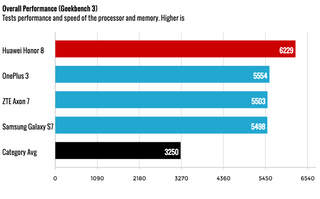
When we ran Geekbench 3 to measure overall performance, the Honor 8 tallied a score of 6,229. That's roughly double the average smartphone's score of 3,250. The Honor 8 also outpaced the similarly priced OnePlus 3 (5,554) and ZTE Axon 7 (5,503) as well as the more expensive Galaxy S7 (5,498), all of which use Snapdragon 820 CPUs. (The OnePlus 3 also has more RAM — 6GB — than the Honor 8.)
In another measure of just how well the Honor 8 can hold its own, the phone converted a 204MB video from 1080p to 480p in 2 minutes and 27 seconds. It took the OnePlus 3 3:29 to pull off the same task.
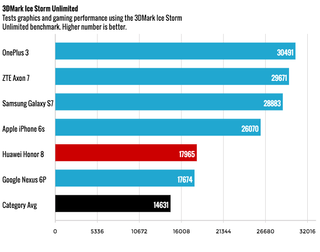
Graphics performance was more muted, however. In 3DMark's Ice Storm Unlimited graphics test, the Honor 8 scored 17,965. While that's higher than the average score for smartphones (14,631) and better than the Nexus 6P (17,674), it's much lower than the numbers turned in by the OnePlus 3, Axon 7, Galaxy S7 and iPhone 6s.
Still, I didn't notice any lags or issues, even with graphically intensive programs. I was able to blast bad guys in the Modern Combat 5 first-person shooter just as easily as I could avoid lasers and missiles in the Jetpack Joyride endless runner game. Apps launched quickly, even with other applications running in the background. Rest assured, the Honor 8 will be able to handle whatever you want to throw at it.
A tale of two battery tests
Tom's Guide tests a phone's battery life by setting the device to continuously surf the web over a carrier's LTE network with its screen set to 150 nits of brightness. Because the Honor 8 is unlocked, we had our choice of carriers. Testing the Honor 8 in our lab using T-Mobile's network, we got 7 hours and 11 minutes of battery life, which is below the 8:38 average for smartphones. (Earlier tests on AT&T's network topped out at 7 hours.) The Honor 8's performance fell just behind the Axon 7 (7:36) and further behind the OnePlus 3 (8:33) in the same test.
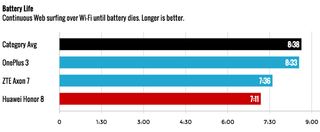
But I had a different experience when testing the phone using a T-Mobile SIM card. In my testing, the 3,000-mAh battery packed more than enough of a charge to get me through a busy day. Using the Honor 8 as my primary phone while covering the IFA trade show in Berlin, I never ran out of battery life, even on a day where I forgot to plug in the phone to charge overnight and only managed to charge it for 20 minutes in between meetings.
The Honor 8 supports fast charging if you use its included wall charger. In 15 minutes, a completely drained battery returned to 25 percent capacity.
Marshmallow with Emotion UI Stamp
The Honor 8 runs Huawei's Emotion UI on top of Android Marshmallow. That may disappoint Android users who prefer the stock version of the OS.
Some users might find it annoying that dragging your finger down from the top of the screen brings up a list of notifications by default. If you want to see quick settings, such as Airplane Mode or Wi-Fi, you need to either tap on the Shortcuts tab at the top or reconfigure the settings so that dragging a finger on the right half of the screen brings down the Shortcuts panel. It's easy enough to adjust, but why change something that works just fine on other Android phones?
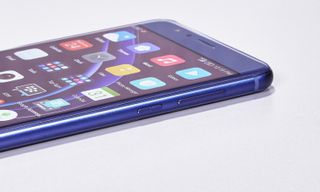
I appreciate that this unlocked phone comes with no carrier bloat, and the preloaded apps on my phone — Facebook, Twitter, Lyft, Shazam and Booking.com — are ones I'd be inclined to install on my own. If you feel differently, the apps are easy enough to delete.
You're more likely to be impressed by the Honor 8's support for the kind of knuckle gesture we saw in Huawei's Mate 8 earlier this year. Using your knuckle, you can draw a letter on the Honor 8's screen to launch a specific app. (C for camera, E for Chrome, M for Music and W for Weather, though you can assign different apps for those letters if you prefer.)
Most impressively, the fingerprint sensor doubles as a Smart Key for performing various shortcuts.
It takes some getting used to; you press a knuckle against the screen until you see a white flare. I found that the Smart Key was a more intuitive way to quickly launch the apps I use most, but some people will find the gestures worthwhile.
Honor 8 availability
The Honor 8 comes with two different storage capacities. The 32GB model I reviewed costs $399.99, while a 64GB version ups the price to $449.99. Honor has started taking orders for the phone, and if you place an order before Sept. 3, you can get a $50 voucher from the phone maker. That's a nice chunk of change back on a phone that's already competitively priced.
MORE: Best Smartphones on the Market Now
Bottom line
If you're looking to avoid the sticker shock of pricier flagship phones, you should definitely check out the Honor 8. It offers a head-turning design, fast performance and an impressive dual-lens camera. Just don't expect great-looking pics in low light. And while the Emotion UI adds some nifty features, it doesn't provide the cleanest user experience.
Among sub-$400 smartphones, we give a slight edge to the OnePlus 3, which has a sturdier-feeling aluminum design, more RAM and more storage, as well as longer battery life. However, the OnePlus 3 lacks the versatile dual-lens camera on the Honor 8, as well as its handy Smart Key for performing various shortcuts.
Overall, if you prize great-looking shots but don't want to break the bank to capture them, the Honor 8 is an excellent option.
Philip Michaels is a Managing Editor at Tom's Guide. He's been covering personal technology since 1999 and was in the building when Steve Jobs showed off the iPhone for the first time. He's been evaluating smartphones since that first iPhone debuted in 2007, and he's been following phone carriers and smartphone plans since 2015. He has strong opinions about Apple, the Oakland Athletics, old movies and proper butchery techniques. Follow him at @PhilipMichaels.
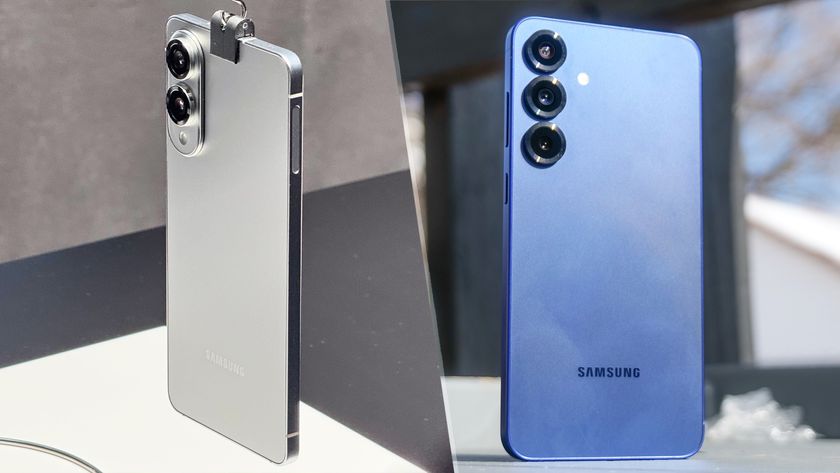
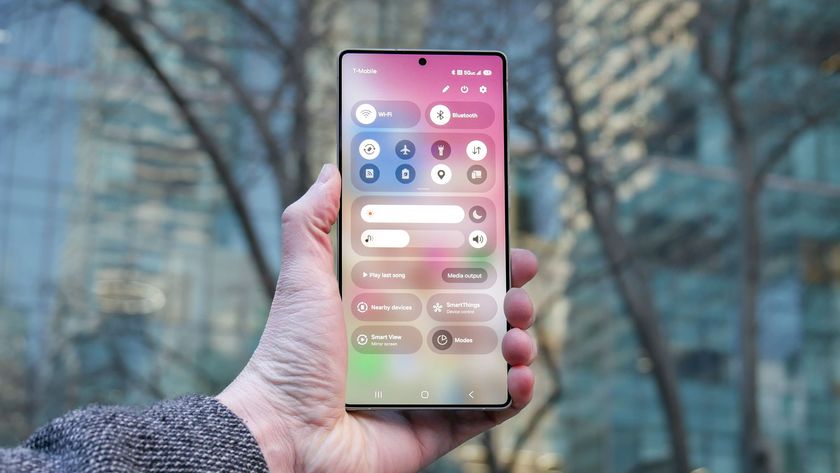
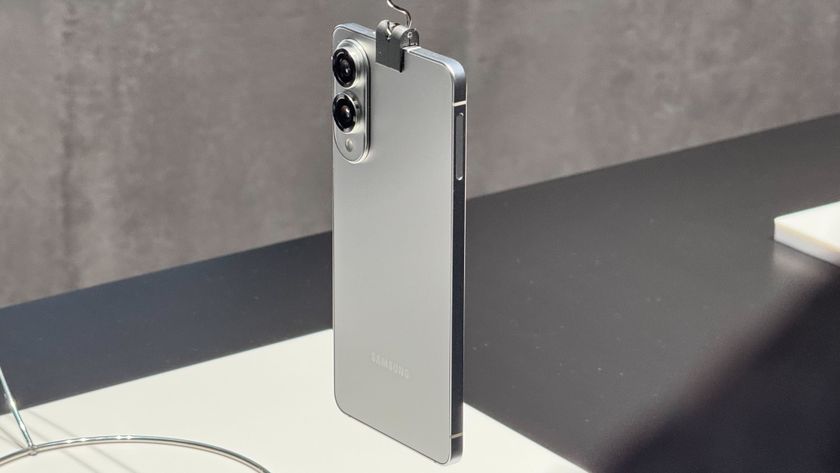
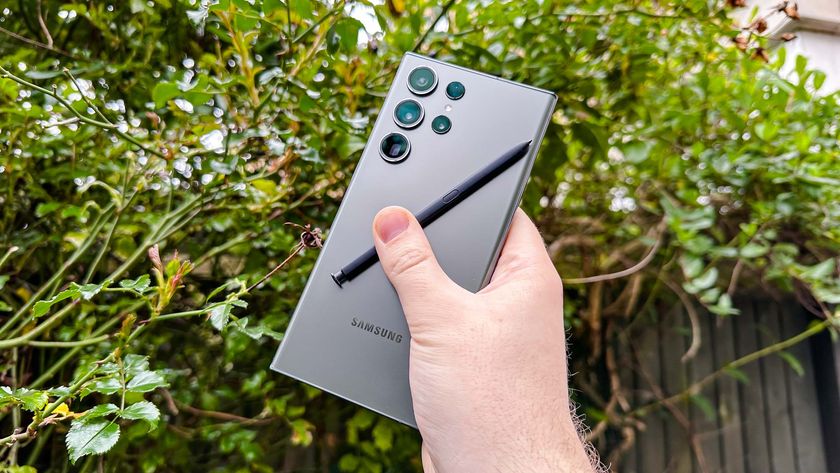
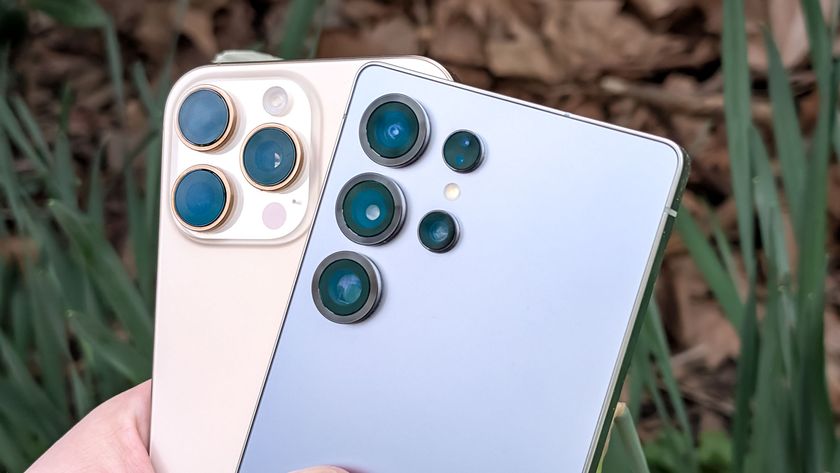
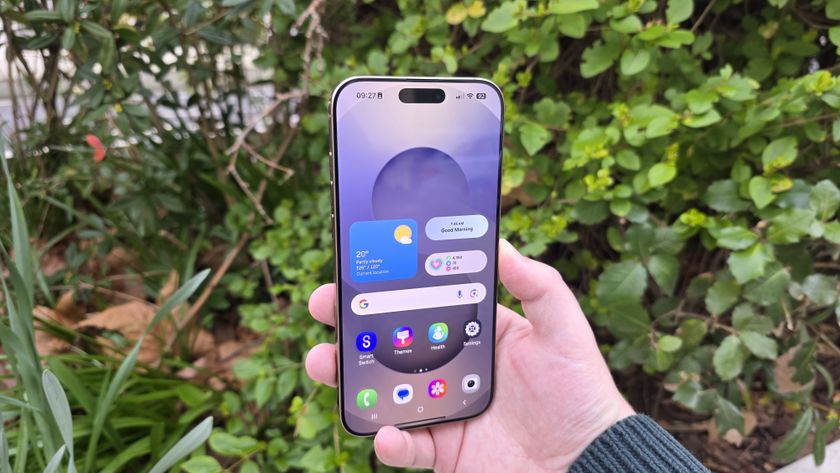
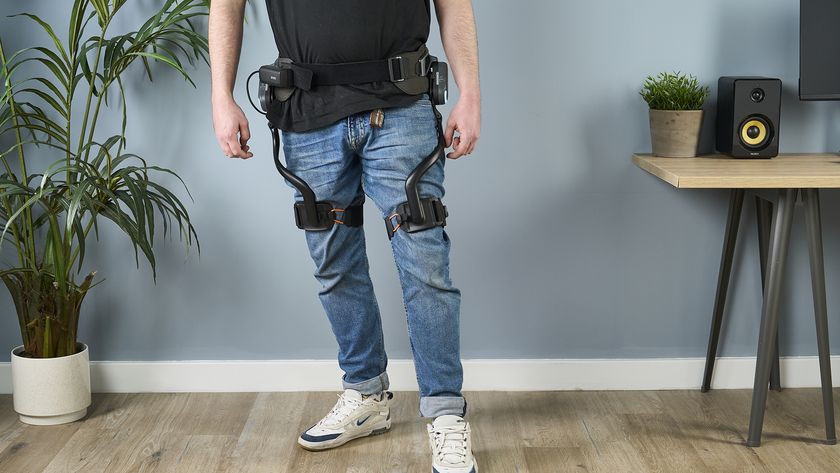
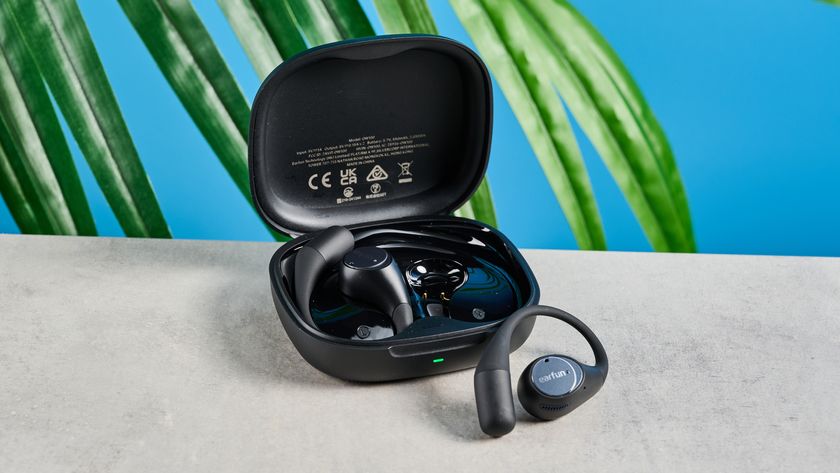
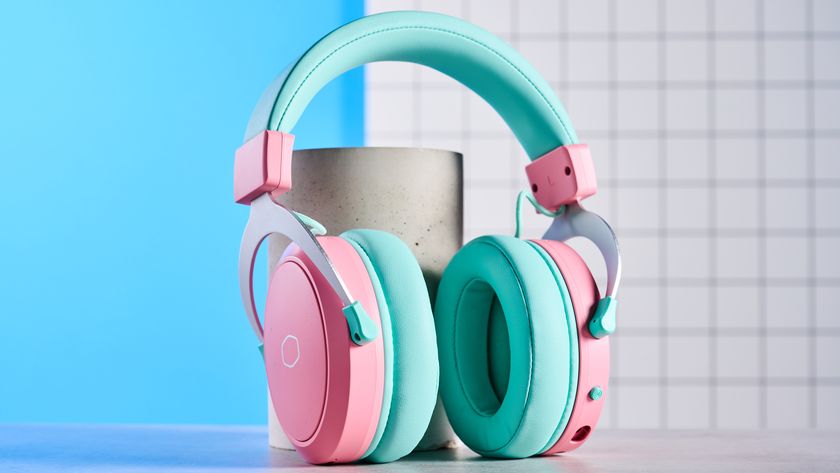
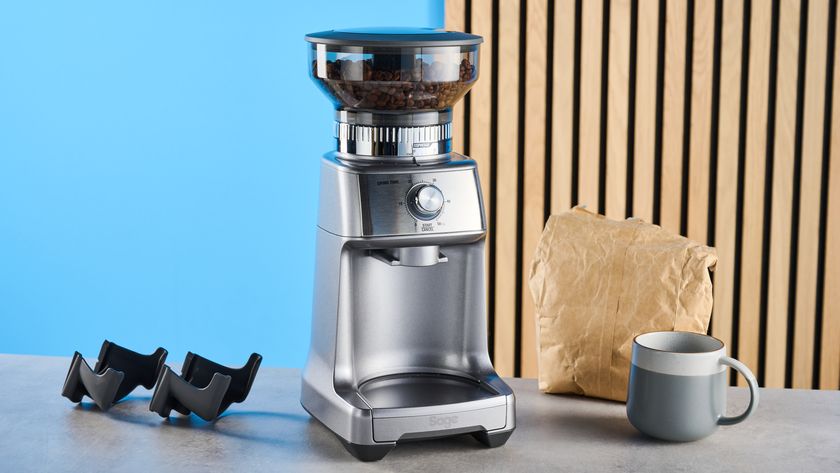
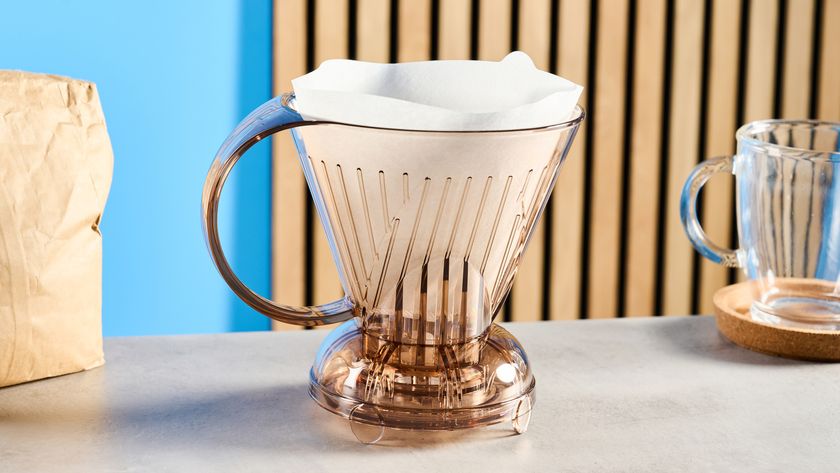
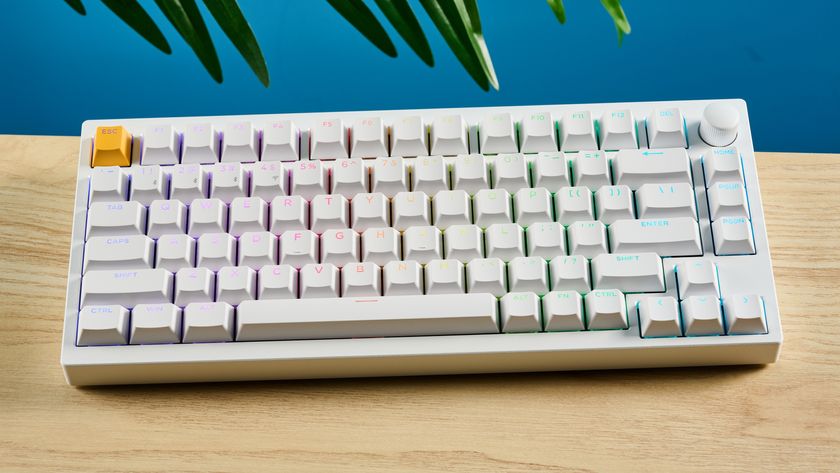
-
Daekar3 Why on earth do all the OEMs insist on building their flagship product out of one of the least impact - resistant materials available? There should be as little glass as is necessary for the screen on these devices, and the rest should be plastic and metal. This obsession with glass results in millions of broken devices every year, it is downright irresponsible to produce such a design.Reply
